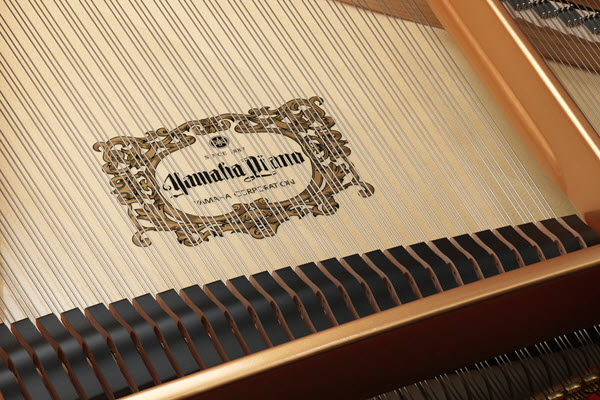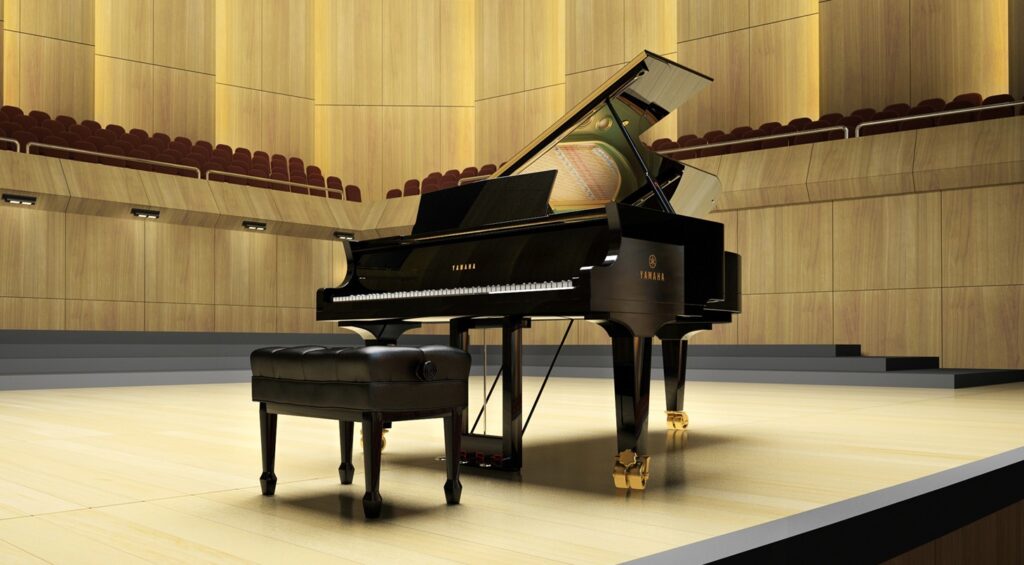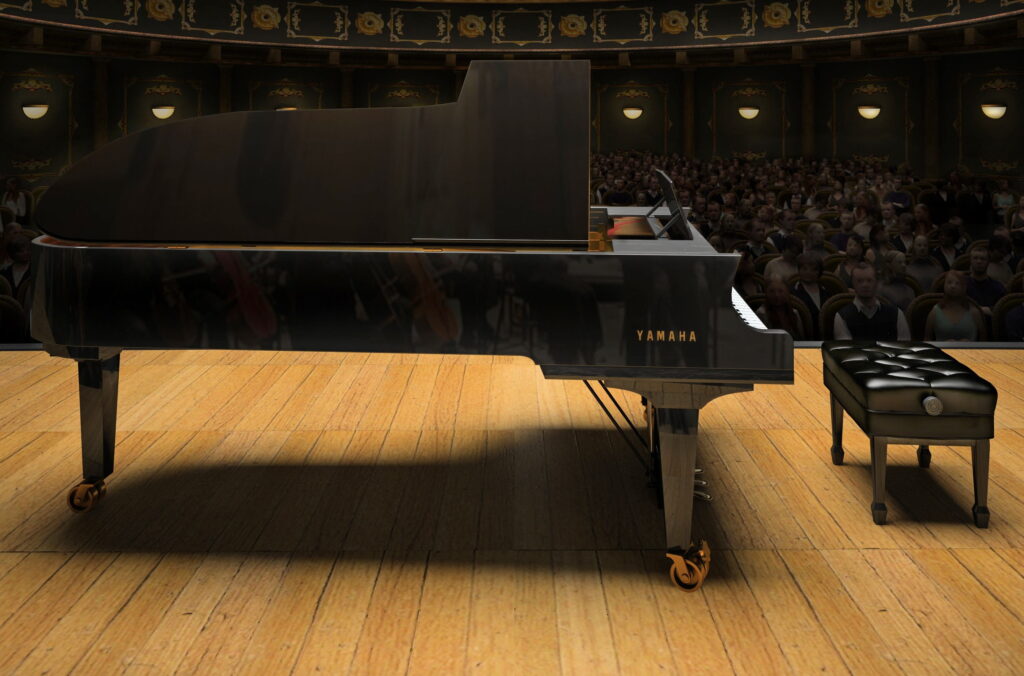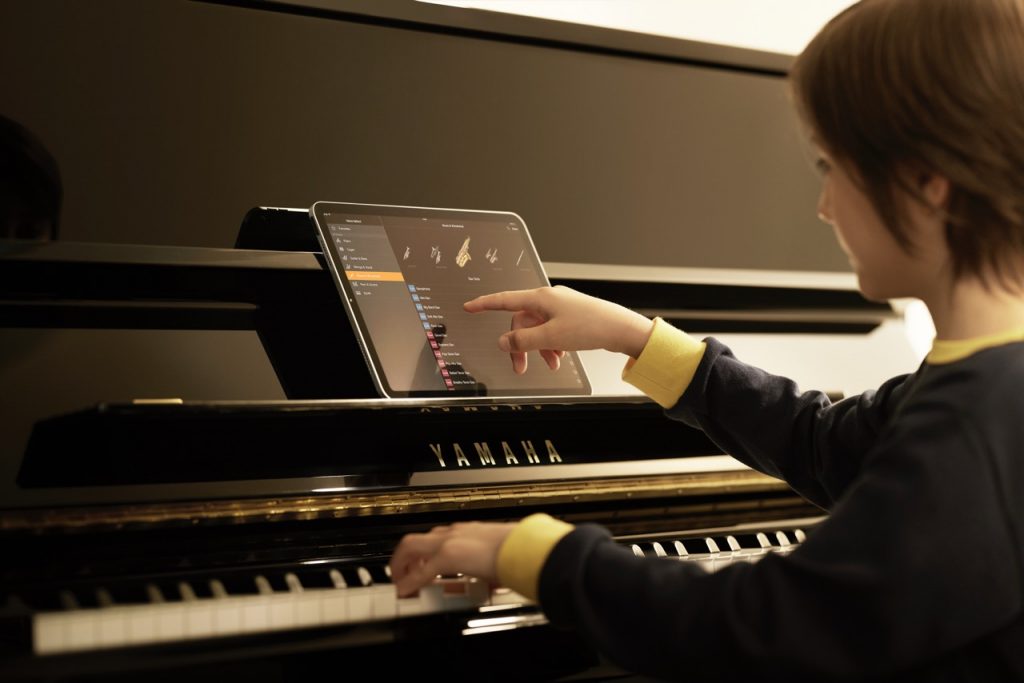Best Jazz Piano Solos
Check out these seven “must-hear” performances.
Piano has been central to the development of jazz since the early days of ragtime up to modern times. Highly responsive and able to play multiple notes at the same time, it’s an instrument that encompasses all the elements of music: melody, harmony, rhythm, texture and dynamics. The list below presents seven of the most influential and exciting jazz piano solos ever recorded.
Of course, no list of this type can encompass all the great players who are masters of the keys, but each of these artists has provided listeners with dozens if not hundreds of stunning performances over the course of their long careers. Enjoy the selections and let them lead you into the wonderful world of jazz piano!
1. OSCAR PETERSON – “SOMETIMES I’M HAPPY”
Oscar Peterson had a formidable technique that incorporated all the jazz styles of his era, from stride piano to boogie-woogie, the blues and swing. Some of the most impressive performances he ever gave were captured in a series of recordings in the mid and late 1960s called Exclusively For My Friends. Recorded on a stunning Bosendörfer grand piano in a private studio with a small audience to help Peterson’s trio feel comfortable, the song “Sometimes I’m Happy” showcases all the best attributes of his playing. He opens with a deeply swinging single-note reading of the melody, then keeps things sparse as the bass joins in and propels the tune forward. Peterson’s solo starts at 0:48, and he turns to his mastery of the blues to draw us in. As the solo develops, listen to his exquisite touch, his perfect laid-back time and the inventive lines he spins. By 2:38, he begins to introduce block chords that emulate those of a big-band sax section. The intensity keeps building until 4:09 when Oscar calms things down and reintroduces the opening melody, buttressed by Ray Brown’s inventive bass playing. Sheer perfection! Listen to it here.
2. BILL EVANS – “SOLAR”
Bill Evans brought a lot of new sensibilities to jazz piano when he first appeared in the late ’50s. Known for his sublime touch and distinctive piano sound, he explored rich and often dense harmonies that seemed to draw from the impressionistic classical composers like Debussy and Ravel, but combined with swinging bop lines in the style of Bud Powell. When he formed a trio with drummer Paul Motian and bassist Scott LaFaro, he found his perfect partners, and the four albums they recorded together are considered milestones in the progression of the piano trio. Their performance of “Solar” from the Live At The Village Vanguard sessions shows why. What you hear is not just a pianist being accompanied by other players; instead, the musicians are in a constant dialog, with LaFaro right up front with Evans the whole time, interacting and spurring him on. Evans’ solo starts at 0:38 and it is almost a duet between Evans’ two-handed lines and LaFaro. This continues for many choruses until 2:20, when Evans begins to punctuate his right hand lines with left hand chords, breaking the tune open into a more traditional and swinging context. This interactive style had a profound effect on players to follow, and a direct lineage can me made from this to the famous Second Quintet of Miles Davis, where drummer Tony Williams and bassist Ron Carter often spurred on pianist Herbie Hancock and the other members to change up their playing and feel at a moment’s notice. Listen to it here.
3. KEITH JARRETT – “FOREST FLOWER”
It is difficult, if not impossible to encapsulate pianist Keith Jarrett’s career or style of playing in just a few sentences, as he has covered so much musical ground during his 60+ years in the public eye. The performance that first brought him to the attention of the jazz community at large was his playing on the title tune from Forest Flower: Charles Lloyd at Monterey. Jarrett was a member of saxophonist Charles Lloyd’s innovative quartet from 1966-68 — a highly successful ensemble that eventually broke out from the jazz world into rock concerts and more. Take special note when Jarrett’s solo starts at 1:16. The tune alternates between straight-eighth and swing sections and Jarrett enters with a flowing torrent of notes, easily navigating the changes in feel. His lines and motivic development are stellar, and you can hear swing, folk and near avant-garde playing all blend into a performance that is one of the all-time great piano solos. Listen to it here.
4. CHICK COREA – “STEPS”
Another hugely influential piano trio was launched when 27-year old Chick Corea went into the studio in 1968 with bassist Miroslav Vitous and drummer Roy Haynes to record the now legendary Now He Sings, Now He Sobs album. No pianist before sounded like he did, and no trio was so advanced and interactive. Chick opens with an unconventional free-form performance and the main melodic figure starts at 0:47. Yes, this is jazz, but it is not coming directly from swing, or be-bop. It is fresh, modern and pointing to the future. When the solo proper starts at 1:06, the band breaks into a jagged “not quite a blues” form, played at break-neck speed. Listen to Chick’s crisp touch and articulation as he plays the quartal voicings (chords based on fourths rather than thirds that McCoy Tyner first innovated with the John Coltrane Quartet) and employs the modal language that was becoming popular at the time, often sliding in and out of the key center. But where Tyner was heavy and dense, Corea is light and deft, bobbing and weaving in and out of the music. By the time his solo concludes at 4:33, jazz piano had been forever changed. (Read Chick’s recollections of making the album.) Listen to it here.
5. HERBIE HANCOCK – “NEW YORK MINUTE”
Herbie Hancock was one of the many players who built on the harmonic innovations of Bill Evans, but he has a deeper sense of the blues, and developed a rich, probing style of playing that could vary from soft and lyrical to aggressive and highly rhythmic. His highly abstract reworking of the Don Henley hit “New York Minute” on his 1996 album The New Standard is a case in point. Herbie’s solo starts at 1:20, and he comes out swinging for the fences. His commanding style of playing alternates between very modern right hand lines supported by strong, insistent chording in the left hand, accented by rhythmic figures where he is playing off the bass and drums in a percussive fashion. A master at work, who continues to inspire and innovate to this day. Listen to it here.
6. KENNY KIRKLAND – “WHEN THE WORLD IS RUNNING DOWN”
When bassist Sting left the Police, his first project was a band comprised of young players that he drew from to help him create a new style of music, blending the power of rock with the advanced musical language and interactive playing that could only come from jazz musicians. Kenny Kirkland’s highly rhythmic tour-de-force solo on the Police tune “When The World Is Running Down” from Sting’s Bring On The Night Live 1986 recording (it starts at around 4:25) is frequently cited as one of the most impressive and exciting piano solos ever captured — and only a musician with the jazz vocabulary and rhythmic chops of Kirkland could have pulled it off. Though playing against only a three-chord vamp, Kenny takes it so many places, spinning out complex right hand lines while constantly hammering out insistent rhythms and figures with his left hand. No wonder the crowd goes wild at the conclusion! Listen to it here.
7. LYLE MAYS – “FICTIONARY”
Pianist Lyle Mays is most well known for his time in the Pat Metheny Group, where his writing and playing was a significant part of the group’s sound and success. However, his innovative two-handed technique may be best enjoyed in his rarer recordings and live performances as a leader, where he was most prominent. “Fictionary” was first featured on the trio record of the same name released in 1992, but my favorite version of it comes from a live recording of a concert from 1993 (The Ludwigsburg Concert), released in 2015. The traditional “solo” starts at the 10:00 mark, but also of note is Lyle’s almost six-minute intro that kicks off the tune. In both, ideas spill out effortlessly and develop with a logic that is astounding, making for one of the most impressive piano performances in the history of jazz. Listen to it here.















